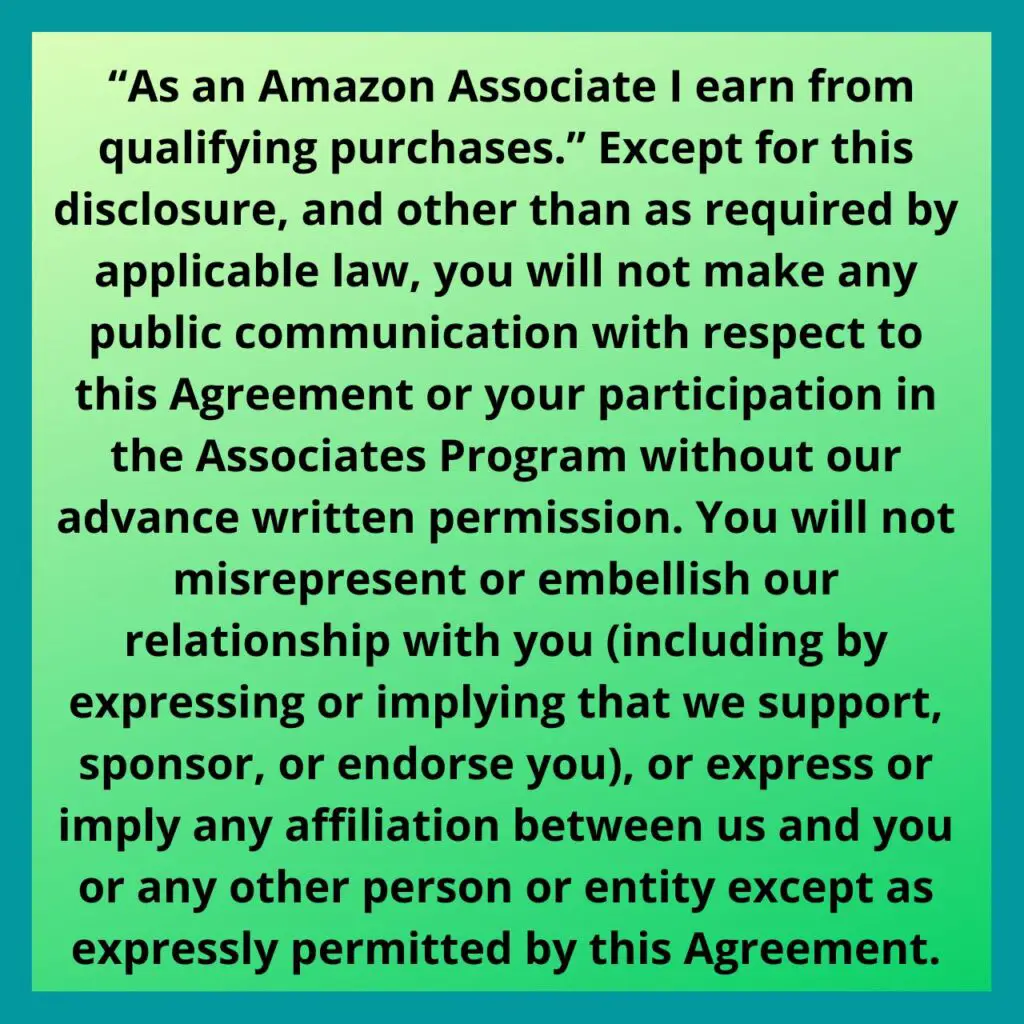This article probably should more accurately be called “A Couple of Weeks in the Life of a Contingency.”
A contingency can be born when a buyer is trying to get a house from a seller.
“Contingency” almost rhymes with “dependency.” As in “it depends.”
After the appropriate number of buying signals, let’s say the buyer seems to really like the house.
“Then will you buy my house?” the seller asks the buyer.
Unbeknownst to most other people, the buyer is a member of a secret club, the members of which always live in houses sporting bright purple front door, and even though he is completely knocked out by the rest of the house, he is somewhat afraid the other club members will laugh at him should he buy a house with no purple door.
With that in mind, the buyer replies to the seller’s question, ” It depends.”
“It depends on whether the front door can be purple before I pay you and become owner of this home.” Prompted by the rhyming associate of this word, they decided to form a “contingency,” in which the transaction would be closed only if the front door was painted purple. The seller would be given seven days to paint the door and then the buyer would have an additional seven days to reinspect the door to be sure it was satisfactorily painted purple. It could not be a faded, washed-out purple, but rather a bright, eye-catching purple.
The paperwork for this transaction would be as follows.
The house was bought by the buyer on the condition that the front door being repainted, or contingent on the repainting. That contingency list in this example contained only one item, that is the re-coloring of the front door.
At the MLS level, if the seller is listed there, the listing broker needs to signify the house is still active, but with a contingency – still being shown to buyers. It probably should not be flat-out “pending” at this time.
Since the seller agreed to do that in order to complete the sale, he did so in the agreed amount of time.
The buyer then inspected the front door and agreed that the job was done satisfactorily. At this point the contingency list had been satisfied, and was no longer a needed part of the transaction. therefore the contingency was “removed.”
In the MLS, the listing should be made to be “pending” – no longer being shown.
With the contingency removed and the transaction proceeded to closing. Buyer and seller were happy, as was the club of the buyer.
In real life the continency list is often longer. It may be agreed on by both sides or it may be negotiated to fewer items. But the removal of the contingency still means the buyer has been satisfied and the sale can move on to close.
After this occurs, the MLS listing should be made to be “closed.” In traditional real estate, the listing broker will do all the MLS changes. In MLS entry-only listings, the seller should do the appropriate steps with the broker to cause these changes, and follow-up that they do happen.
My article on contingency-killing kick-out clauses can be found HERE.
(This post may contain affiliate links, which means if you click, or make a purchase by clicking on them, I may receive a small commission, at no additional cost to you, that will help me continue to bring you valuable content. To that end, not all of the items on this page are affiliate links, as that is not a requirement to be on this page. Thanks for your support!)
We are a participant in the Amazon Services LLC Associates Program, an affiliate advertising program designed to provide a means for us to earn fees by linking to Amazon.com and affiliated sites.
Disclaimer | Privacy Policy | Terms of Use











